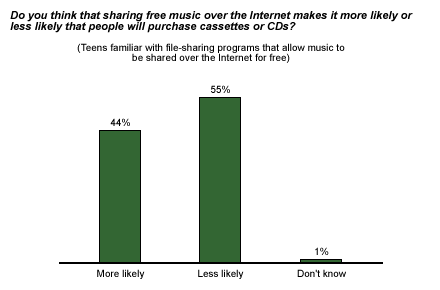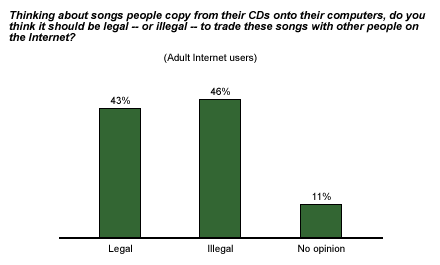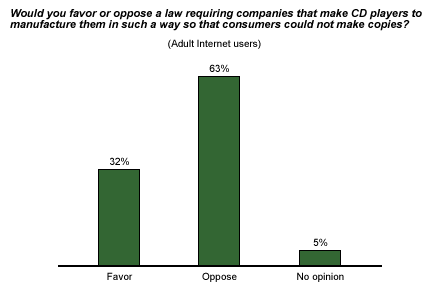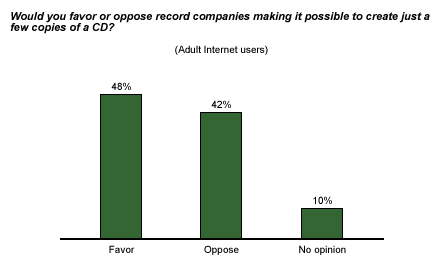We all know that films spawn sequels and prequels. We believe this is because it is so difficult to catch the attention of the mass market, that once you have their attention you will always wish to build on that.
A recent article in The Licensing Letter shows that 45% of Upcoming Films are Sequels.
"This last year marked the highest earning year in movie history at the domestic box office, with $11.4 billion, up 2.1% over 2015, according to ComScore. The biggest grossing film? Disney’s Finding Dory at $486 million domestically. Internationally, box office sales reached $27.4 billion. The top grossing title worldwide was Captain America: Civil War with $1.15 billion in sales."
Growth all round:
Music
So the Recorded Music industry grew in 2016 for the first time in fifteen years. It was up about 1%.
So the Recorded Music industry grew in 2016 for the first time in fifteen years. It was up about 1%.
Film
The growing box office is good for film. Licensing remains the driver there, owning rights and building on the rights you can exploit. Same old story, you might say. But the context in which it happens has changed radically, and the coming competition to find and develop the right treatments will be as intense as ever.
The real battle will be with rights in VR and Augmented Reality, where content from so many sources will be mixed together into new creative formats. That is the area in which to tie down licensing rights.
The real battle will be with rights in VR and Augmented Reality, where content from so many sources will be mixed together into new creative formats. That is the area in which to tie down licensing rights.




